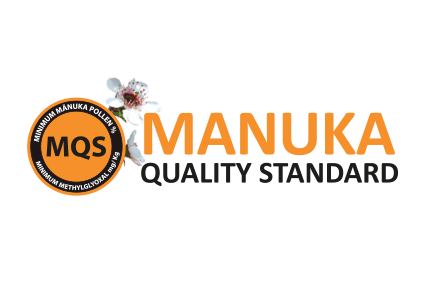Trusted by honey lovers since 2017
Did you know…?
Not all manuka plant species will produce a manuka honey with the same bioactive properties.
The nectar from the manuka tree blossom contains a natural compound Dihydroxyacetone (DHA) that slowly converts to Methylglyoxal over time. DHA concentration varies in manuka nectar according to different manuka plant species, geographic regions and seasonal variances, leading to different Methylglyoxal concentrations in the honey.
It is possible for a less pure, more multifloral manuka honey to actually have a higher Methylglyoxal concentration than a more pure manuka honey. This means to get an accurate picture of a manuka honeys monofloral purity, look for a manuka rating system that assesses the honey on more than one parameter, such as MQS, which uses Methylglyoxal and pollen concentration.
Did you know...?
Genuine manuka honey only comes from New Zealand. Yet somehow much of the world is producing low-cost, low-quality manuka honey, by blending small quantities of high-quality NZ manuka with very low-cost, low-quality foreign honey then calling it manuka honey.
If your manuka honey has been repacked in New Zealand, as all Avatar honey is, you can be sure at least you are buying genuine New Zealand honey as New Zealand prohibits imports of foreign honey.
